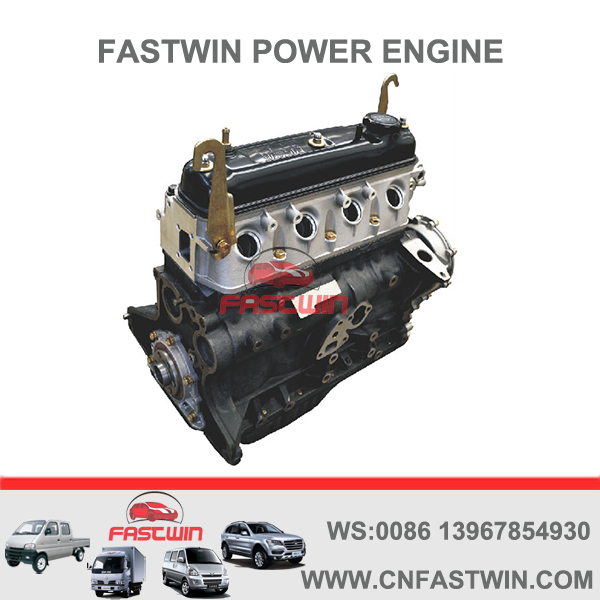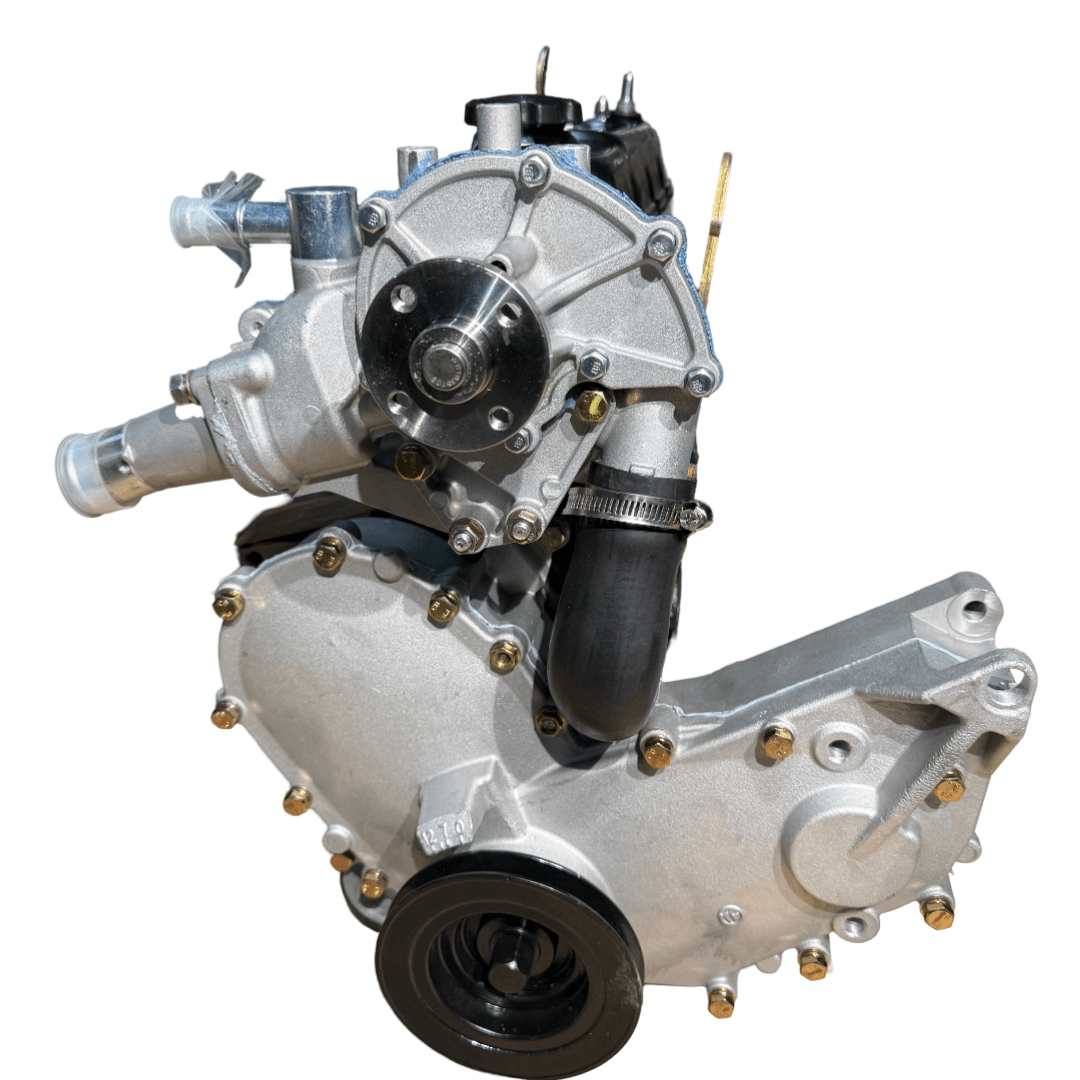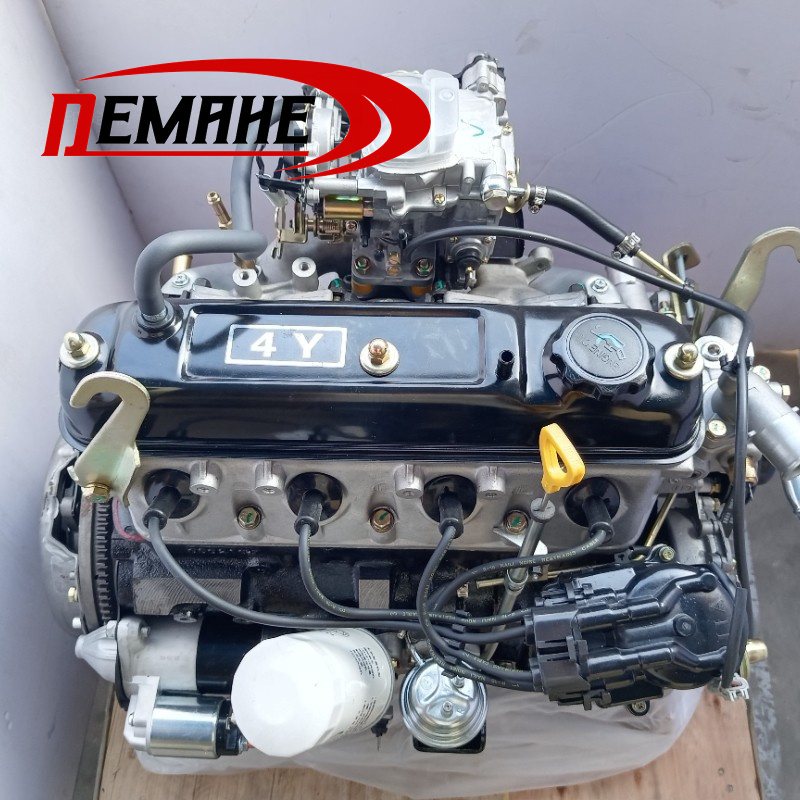What Makes the 4Y Engine Stand Out Among Other Automotive Engines
Why the Engine Is the most effective Selection for Performance and Performance in Your Auto
The engine stays a crucial part in automotive design, primarily due to its considerable impact on both efficiency and performance. As advancements in technology enable smaller engines to deliver amazing power while maximizing fuel economy, the integration of functions such as turbocharging and hybrid systems ends up being progressively crucial.
Comprehending Engine Kind
Recognizing the various sorts of engines is essential for enhancing performance and efficiency in automobile design. The primary engine types consist of internal combustion engines (ICE), electric engines, and crossbreed systems, each offering distinctive benefits and constraints.
Interior combustion engines, which can be further categorized into gasoline and diesel variants, rely on the burning of gas to produce power. Gasoline engines generally offer higher RPMs and much better acceleration, while diesel motor are recognized for their torque and gas performance, making them ideal for sturdy applications.
Electric engines, on the other hand, use electric motors powered by batteries or gas cells. They use instant torque delivery, resulting in smooth velocity and lower discharges. The performance of electrical engines is significantly more than that of ICEs, making them a prominent choice for eco-conscious customers.
Crossbreed systems combine both inner combustion and electrical engines, leveraging the staminas of both innovations. They optimize gas consumption by utilizing electrical power at lower rates and switching to fuel or diesel for greater rates or much heavier lots.
Selecting the right engine kind is important for attaining preferred efficiency metrics and environmental sustainability in contemporary automobile design.
The Impact of Engine Size
Engine dimension regularly plays an essential function in identifying an automobile's performance and performance. Typically gauged in liters or cubic centimeters, engine dimension straight influences the power outcome and torque characteristics of an automobile. Larger engines usually generate more horsepower, making it possible for greater acceleration and greater full throttle. This is particularly useful in applications requiring robust efficiency, such as cars and durable vehicles.
However, raised engine dimension usually associates with reduced fuel efficiency. Smaller engines can deliver sufficient performance for everyday driving while advertising far better effectiveness, making them a prominent choice in mid-size and small automobiles.
In addition, improvements in engine style, such as turbocharging and direct gas injection, allow smaller sized engines to accomplish power levels equivalent to their bigger counterparts. This trend stresses the value of not solely concentrating on engine size but likewise considering total automobile design and modern technology (4y engine). Eventually, the influence of engine size on efficiency and effectiveness underscores the requirement for consumers to analyze their certain driving preferences and demands when selecting a lorry
Advanced Engine Technologies
Innovations in engine innovations have considerably improved the landscape of automotive performance and effectiveness, structure upon the foundational ideas developed by engine dimension. Especially, advancements such as turbocharging and direct fuel shot have actually allowed smaller engines to deliver power levels previously related to bigger counterparts. Turbochargers press air entering the engine, permitting raised power result without a corresponding increase in engine dimension, while straight shot maximizes gas delivery, enhancing combustion efficiency.
Furthermore, variable valve timing systems have become a critical technology, allowing engines to adjust valve operation based on driving conditions. This adaptability improves both efficiency during acceleration and fuel effectiveness during cruising. Hybrid and electric engine technologies further illustrate the change in vehicle layout, incorporating typical inner burning engines with electric motors to make best use of performance while reducing exhausts.
In addition, improvements in products scientific research have led to lighter, more durable engine parts, additionally enhancing efficiency and durability. The assimilation of innovative electronics and engine control systems likewise permits real-time adjustments, making certain optimum performance across numerous conditions. Collectively, these innovative engine technologies not just improve vehicle efficiency but additionally add to a more lasting automobile future, demonstrating the recurring development of engine design.
Harmonizing Power and Effectiveness
Striking an equilibrium in between power and effectiveness is important in modern vehicle design as suppliers seek to meet progressively stringent discharges regulations while satisfying consumer need for performance (4y engine). The difficulty lies in Going Here enhancing engine characteristics to provide durable power output without giving up fuel economic climate
To achieve this balance, designers employ different approaches, such as turbocharging, which improves engine power by compeling in more air, enabling for a smaller sized engine displacement that improves fuel performance. Variable valve timing innovations additionally play a significant function, making it possible for engines to readjust their performance attributes based upon driving conditions, consequently enhancing both power and effectiveness.
Furthermore, innovations in materials and producing strategies have led to lighter engine elements, which lower overall car weight and improve gas performance without endangering power. Hybrid technologies have also arised as a viable service, integrating standard inner burning engines with electrical powertrains to give a boost in efficiency while keeping reduced exhausts.

Future Trends in Engine Design

Furthermore, the growth of sophisticated products, such helpful resources as high-strength alloys and light-weight composites, is established to transform engine parts. These materials not just decrease weight yet also boost thermal effectiveness, thus enhancing efficiency. Additionally, suppliers are exploring variable compression proportions, allowing engines to adapt to various driving conditions, improving both power result and fuel economic situation.
Further, the surge of expert system and artificial intelligence in engine design is allowing anticipating upkeep and real-time performance optimization. This innovation can bring about engines that self-adjust for maximum effectiveness based on driving patterns.

Conclusion
In conclusion, the engine offers as an essential component in achieving optimal efficiency and performance in modern-day automobiles. The interaction in between engine dimension and style proceeds to progress, driving innovations that stabilize exhilarating performance with ecological sustainability.
Furthermore, improvements in engine layout, such as turbocharging and direct fuel shot, enable smaller engines to attain power degrees similar to their larger equivalents.Technologies in engine innovations have significantly improved useful content the landscape of vehicle efficiency and performance, building upon the foundational principles established by engine size. Turbochargers press air going into the engine, allowing for raised power outcome without a corresponding rise in engine dimension, while direct shot enhances fuel delivery, boosting combustion efficiency.
Crossbreed and electric engine modern technologies even more highlight the shift in automotive style, combining typical interior burning engines with electric motors to make best use of performance while decreasing exhausts.
Collectively, these innovative engine technologies not just improve automobile efficiency however additionally contribute to an extra sustainable vehicle future, demonstrating the recurring advancement of engine design. (4y engine)